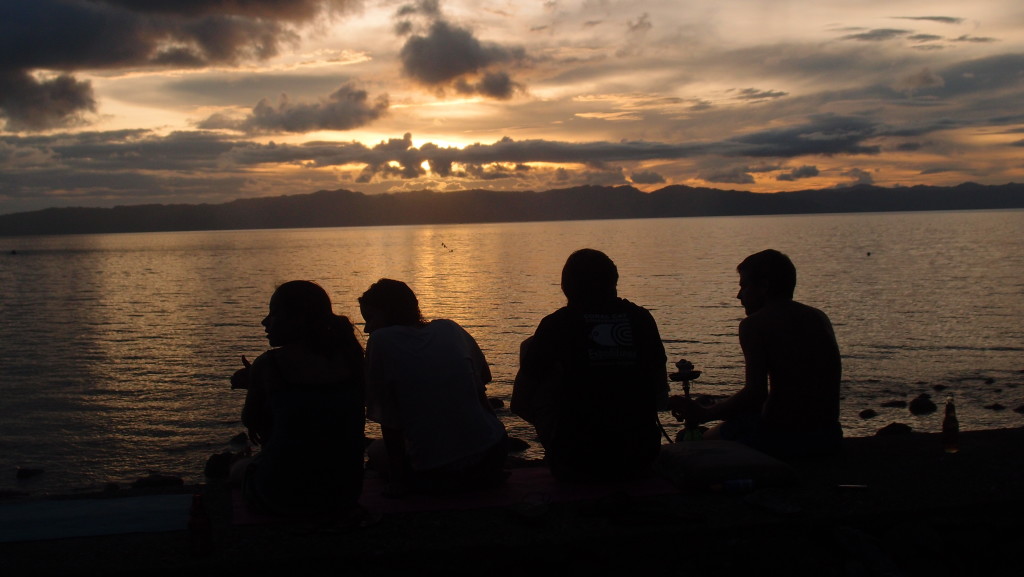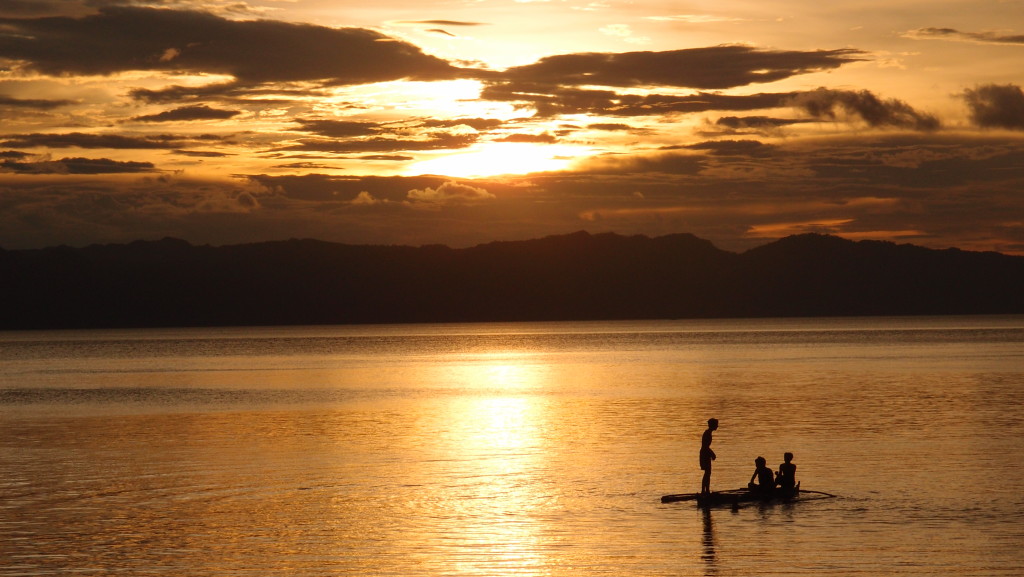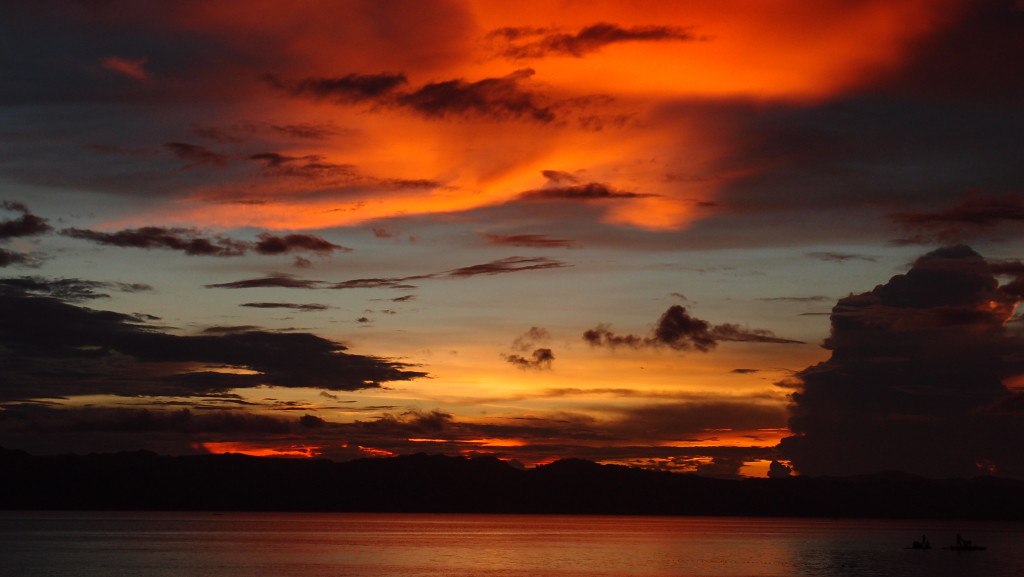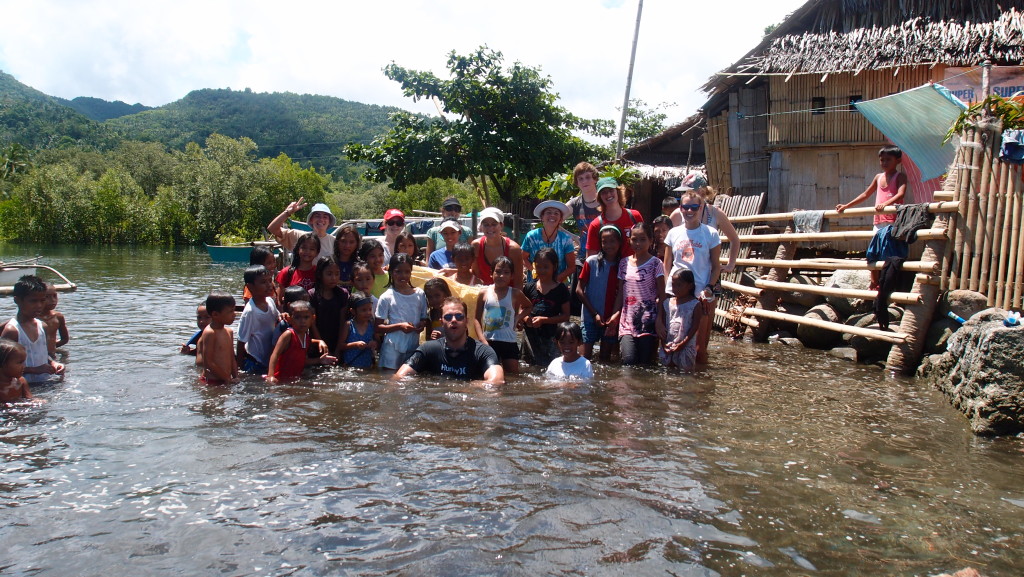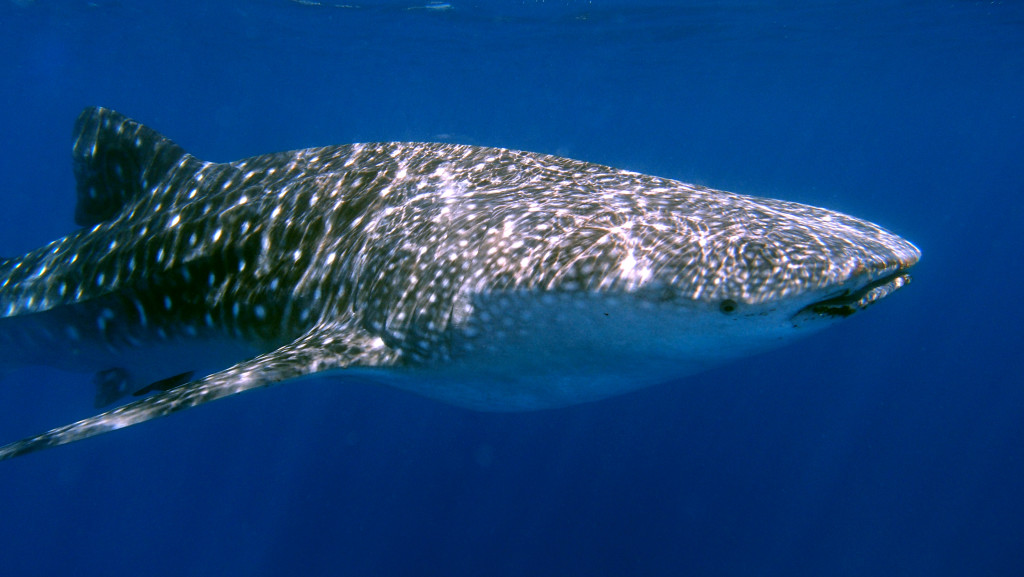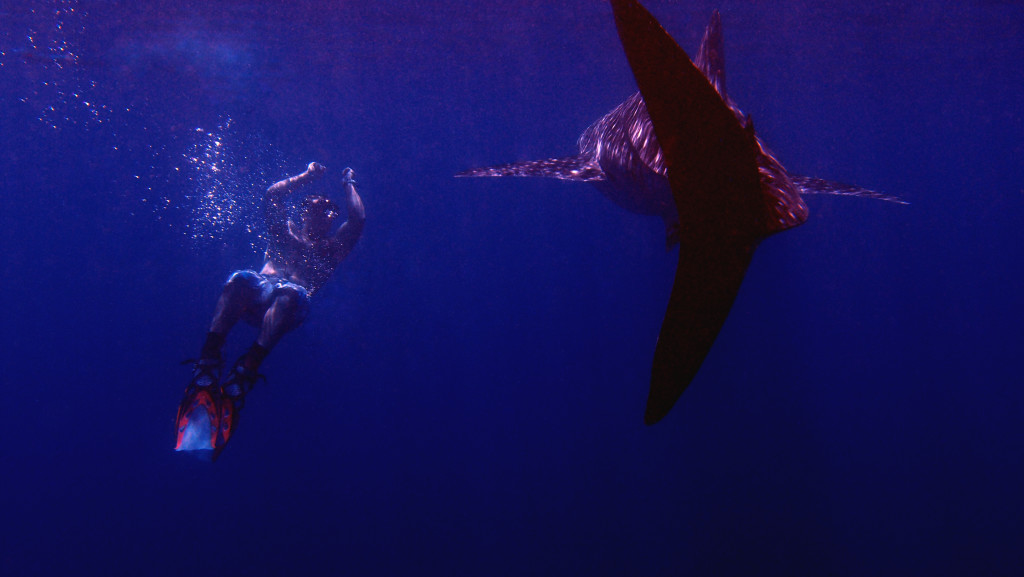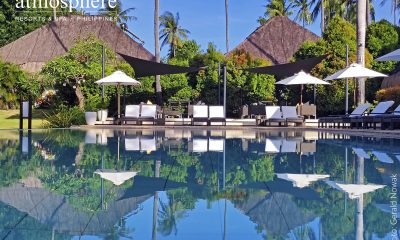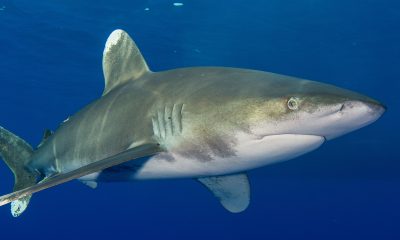News
Mat’s Philippines Trip 2015: Part 1
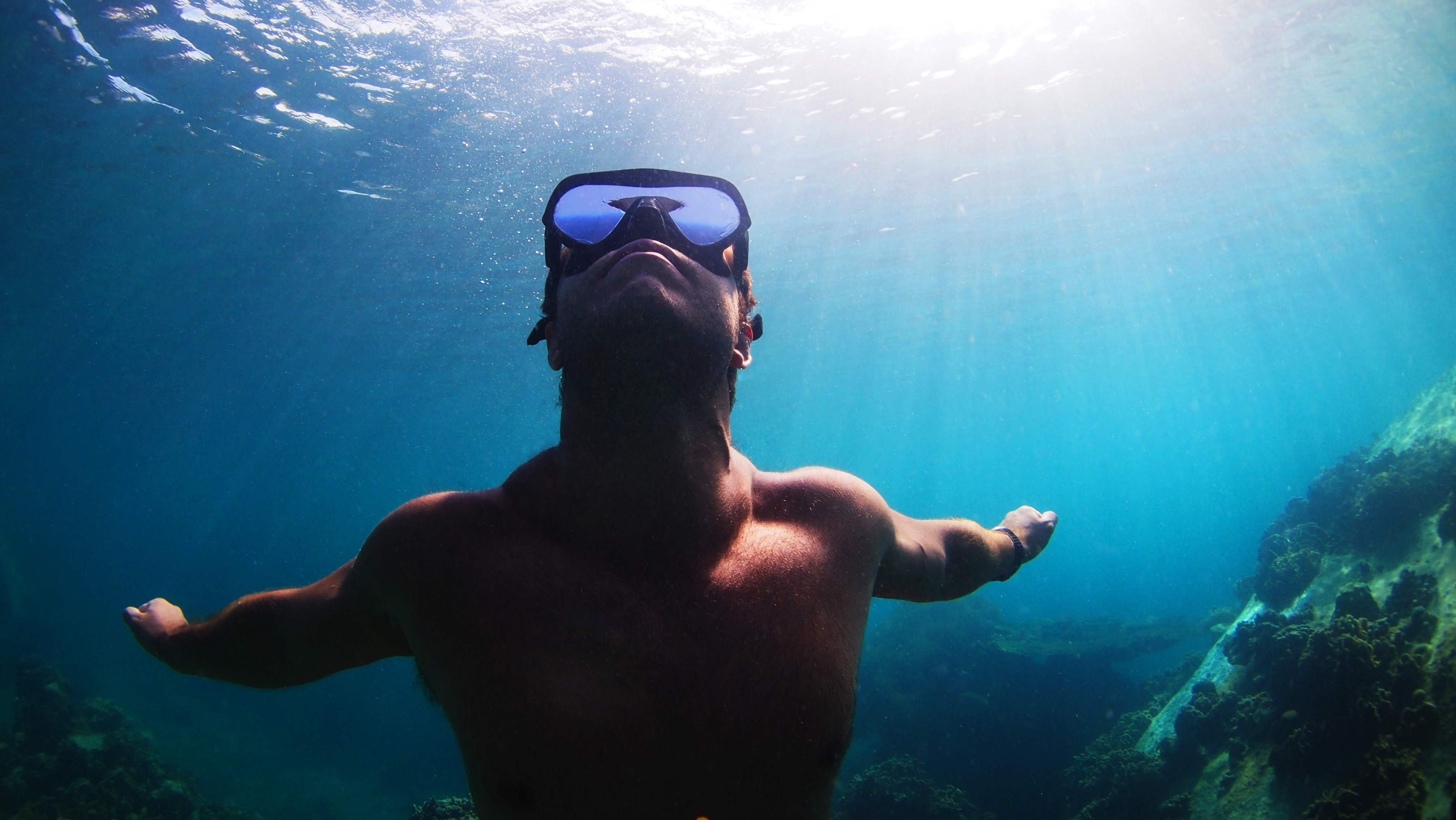
All creatures great and small
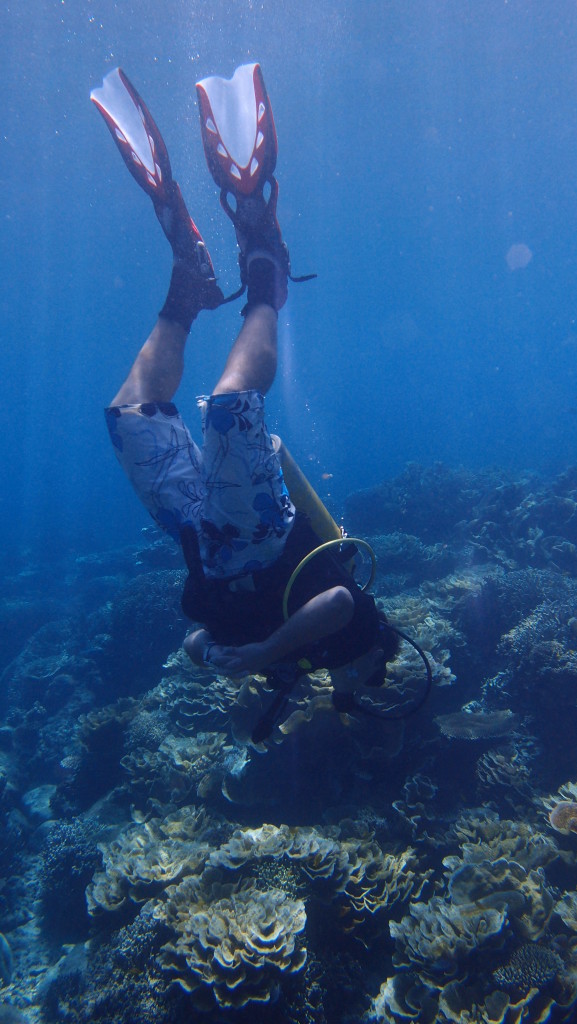 Three years ago today I was counting down the final weeks before my departure for the Philippines. In April 2012 I spent a month volunteering with the organisation Coral Cay Conservation at their camp in the little known place of Napantao in the Southern Leyte region of the Philippines. The purpose behind the trip was to contribute to the conservation efforts in the area and conduct reef surveys which in turn would provide vital data concerning the health of the local marine eco system; the designation of new marine park areas (MPA’s) being a primary objective. Quite simply, I enjoyed every second of the eye-opening and fulfilling scuba experience. Learning all of the Latin names for the many different hard and soft corals and being taught to identify hundreds of species of fish and invertebrates in just two weeks was initially daunting but ultimately rewarding and completely worth the hours of study each day. The underwater world took on new meaning as the subtle relationships between the diverse and varied life forms were revealed in more detail during every dive. As a consequence I’m also pleased to report that my personal diving skills improved vastly and rapidly; hovering upside-down to count the various critters lurking beneath a stretch of sharp coral and scribing the answer on a ‘slate’ before the 40 minute dive profile is over works wonders for your buoyancy!
Three years ago today I was counting down the final weeks before my departure for the Philippines. In April 2012 I spent a month volunteering with the organisation Coral Cay Conservation at their camp in the little known place of Napantao in the Southern Leyte region of the Philippines. The purpose behind the trip was to contribute to the conservation efforts in the area and conduct reef surveys which in turn would provide vital data concerning the health of the local marine eco system; the designation of new marine park areas (MPA’s) being a primary objective. Quite simply, I enjoyed every second of the eye-opening and fulfilling scuba experience. Learning all of the Latin names for the many different hard and soft corals and being taught to identify hundreds of species of fish and invertebrates in just two weeks was initially daunting but ultimately rewarding and completely worth the hours of study each day. The underwater world took on new meaning as the subtle relationships between the diverse and varied life forms were revealed in more detail during every dive. As a consequence I’m also pleased to report that my personal diving skills improved vastly and rapidly; hovering upside-down to count the various critters lurking beneath a stretch of sharp coral and scribing the answer on a ‘slate’ before the 40 minute dive profile is over works wonders for your buoyancy!
The basic living conditions and daily chores, not to mention the dustbin of cold water that we quickly learned to call ‘the shower’ soon became commonplace; a small price to pay for the amazing diving that we had quite literally on our doorstep. When I wasn’t exploring the stunning house reef on educational ‘pointy’ dives (in which an experienced member of the expedition team would point to something under water with high hopes of a correctly scribbled Latin name in return) I would enjoy sitting on the wall with a beer in hand and the sparkling Ocean for a view; the sky painted a vivid red and orange by the setting sun.
A trip to a nearby water park built around natural falls and an excursion to a village to organise a reef clean up gave us the chance to build relationships with the local people and encourage them to support the conservation effort. People often say that Thailand is the land of a thousand smiles but actually I feel as though the Filipinos have been robbed of this title; such warm and friendly people.
If the volunteering wasn’t its own reward (and it really was) then the day that I shared the water with my first Whale Shark was a bonus that I could have only dreamed of (read more about that day here). Getting to know the staff and the other volunteers in the month that I was in Napantao was a pleasure and we soon started to feel like a little family- if not a slightly dysfunctional one! I left with a heavy heart knowing that the Philippines is a truly special place and somewhere that I hoped to return to… one day.
Three years on and I’m pleased to be counting down the days once more.
This time I’ll be returning with my girlfriend Sam as we make a whirlwind discovery of three locations in just two weeks. We’ll be heading back to Southern Leyte as I have some unfinished business with a well known pier (more on this in a later instalment) and I’d love to share the Whale Shark experience with Sam this time around. Onwards to the Visayas Region we’ll be visiting Malapascua made famous for the regular sightings of the graceful Thresher Shark and their ribbon-like tail; not to mention I’m keen to see these mating Mandarin fish that I’ve heard so much about. Last but not least we’ll be staying in Moalboal where a mesmerising ball of sardines can be found near Pescador Island along with all manner of critters at the dive sites along Panagsama Beach. The experience is sizing up to be varied and fulfilling regardless of what nature throws at us, but to make things interesting I have decided to set myself a little challenge. In my quest to find creatures great and small I hope to return to the UK not only having seen Whale Sharks once more but I’m determined to find my first Pygmy Seahorse; I know they’re out there but at less than 1cm in size they can be very hard to spot indeed. I hope that I’m up to the challenge… time will tell.
Mat is a travel consultant for Dive Worldwide.
Blogs
Northern Red Sea Reefs and Wrecks Trip Report, Part 3: The Mighty Thistlegorm

Jake Davies boards Ghazala Explorer for an unforgettable Red Sea diving experience…
Overnight, the wind picked up, making the planned morning dive a bit bumpy on the Zodiacs to the drop point on Thomas Reef. There, we would dive along the reef before descending through the canyon and then passing under the arch before ascending the wall with a gentle drift. The site provided great encounters with more pelagic species, including shoals of large barracuda, tuna, and bigeye trevally.
Once back on the boat, it was time to get everything tied down again as we would head back south. This time, with the wind behind us, heading to Ras Mohammed to dive Jackfish Alley for another great gentle drift wall dive before then heading up the coast towards the Gulf of Suez to moor up at the wreck of the Thistlegorm. This being the highlight wreck dive of the trip and for many onboard, including myself, it was the first time diving this iconic wreck. I had heard so much about the wreck from friends, and globally, this is a must on any diver’s list. Fortunately for us, there was only one other boat at the site, which was a rarity. A great briefing was delivered by Ahmed, who provided a detailed background about the wreck’s history along with all the required safety information as the currents and visibility at the site can be variable.

Kitting up, there was a lot of excitement on deck before entering the water and heading down the shoreline. Descending to the wreck, there was a light northerly current which reduced the visibility, making it feel more like the conditions that can be found off the Welsh coast. At 10m from the bottom, the outline of the wreck appeared as we reached the area of the wreck which had been bombed, as our mooring line was attached to part of the propeller shaft. Arriving on deck, instantly everywhere you looked there were many of the supplies which the ship was carrying, including Bren Carrier tanks and projectiles that instantly stood out.

We headed around the exterior, taking a look at the large propeller and guns mounted on deck before entering the wreck on the port side to take a look in the holds. It was incredible to see all the trucks, Norton 16H, and BSA motorcycles still perfectly stacked within, providing a real snapshot in time.

Overall, we had four dives on the Thistlegorm, where for all of the dives we were the only group in the water, and at times, there were just three of us on the whole wreck, which made it even more special, especially knowing that most days the wreck has hundreds of divers. Along with the history of the wreck, there was plenty of marine life on the wreck and around, from big green turtles to batfish, along with shoals of mackerel being hunted by trevally. Some unforgettable dives.

The final leg of the trip saw us cross back over the Suez Canal to the Gobal Islands where we planned to stay the night and do three dives at the Dolphin House for the potential of sharing the dive with dolphins. The site, which included a channel that was teeming with reef fish, especially large numbers of goatfish that swam in large shoals along the edge of the reef. These were nice relaxing dives to end the week. Unfortunately, the dolphins didn’t show up, which was okay as like all marine life they are difficult to predict and you can’t guarantee what’s going to be seen. With the last dive complete, we headed back to port for the final night where it was time to clean all the kit and pack before the departure flight the next day.

The whole week from start to finish on Ghazala Explorer was amazing; the boat had all the facilities you need for a comfortable week aboard. The crew were always there to help throughout the day and the chefs providing top quality food which was required after every dive. The itinerary providing some of the best diving with a nice mixture of wreck and reef dives. I would recommend the trip to anyone, whether it’s your first Red Sea liveaboard in the Red Sea or you’re revisiting. Hopefully, it’s not too long before I head back to explore more of the Red Sea onboard Ghazala Explorer.

To find out more about the Northern Red Sea reef and wrecks itineraries aboard Ghazala Explorer, or to book, contact Scuba Travel now:
Email: dive@scubatravel.com
Tel: +44 (0)1483 411590
Photos: Jake Davies / Avalon.Red
Blogs
Northern Red Sea Reefs and Wrecks Trip Report, Part 2: Wall to Wall Wrecks

Jake Davies boards Ghazala Explorer for an unforgettable Red Sea diving experience…
The second day’s diving was a day full of wreck diving at Abu Nuhas, which included the Chrisoula K, Carnatic, and Ghiannis D. The first dive of the day was onto the Chrisoula K, also known as the wreck of tiles. The 98m vessel remains largely intact where she was loaded with tiles which can be seen throughout the hold. The stern sits at 26m and the bow just below the surface. One of the highlights of the wreck is heading inside and seeing the workroom where the machinery used for cutting the tiles are perfectly intact. The bow provided some relaxing scenery as the bright sunlight highlighted the colours of the soft coral reef and the many reef fish.

Following breakfast, we then headed to the next wreck, which was the Carnatic. The Carnatic is an 89.9m sail steamer vessel that was built in Britain back in 1862. She ran aground on the reef back in 1869 and remains at 27m. At the time, she was carrying a range of items, including 40,000 sterling in gold. An impressive wreck where much of the superstructure remains, and the two large masts lay on the seafloor. The wooden ribs of the hull provide structures for lots of soft corals, and into the stern section, the light beams through, bouncing off the large shoals of glass fish that can be found using the structure as shelter from the larger predators that are found outside of the wreck.

The final wreck at Abu Nuhas was the Ghiannis D, originally called ‘Shoyo Maru,’ which was 99.5m long and built in Japan back in 1969 before becoming a Greek-registered cargo ship in 1980. The ship then ran aground on the reef on April 19th, 1983, and now sits at the bottom at a depth of 27m. Heading down the line, the stern of the ship remains in good condition compared to the rest of the hull. The highlight of the wreck, though, is heading into the stern section and down the flights of stairs to enter the engine room, which remains in good condition and is definitely worth exploring. After exploring the interior section of the ship, we then headed over to see the rest of the superstructure, where it’s particularly interesting to see the large table corals that have grown at the bow relatively quickly considering the date the ship sank. After surfacing and enjoying some afternoon snacks, we made sure everything was strapped down and secured as we would be heading north and crossing the Gulf of Suez, where the winds were still creating plenty of chop.

The next morning, it was a short hop to Ras Mohammed Nature Reserve for the next couple of days of diving. The 6am wake-up call came along with the briefing for the first site we would be diving, which was Shark & Yolanda. The low current conditions allowed us to start the dive at Anemone City, where we would drift along the steep, coral-filled wall. These dives involved drifts, as mooring in Ras Mohammed wasn’t allowed to protect the reefs. As a dive site, Shark & Yolanda is well-known and historically had a lot of sharks, but unfortunately not so many in recent years, especially not so early in the season. However, there was always a chance when looking out into the blue.

The gentle drift took us along the steep walls of the site, with plenty of anemone fish to be seen and a huge variety of corals. It wasn’t long into the dive before we were accompanied by a hawksbill turtle, who drifted with us between the two atolls before parting ways. Between the two reefs, the shallow patch with parts of coral heads surrounded by sand provided the chance to see a few blue-spotted stingrays that were mainly resting underneath the corals and are always a pleasure to see. With this being the morning dive, the early sunlight lit up the walls, providing tranquil moments. Looking out into the blue, there was very little to be seen, but a small shoal of batfish shimmering underneath the sunlight was a moment to capture as we watched them swim by as they watched us.

Towards the end of the dive, we stopped at the wreck of the Jolanda where the seafloor was scattered with toilets from the containers it was carrying. This provided a unique site to make a safety stop, which was also accompanied by a large barracuda slowly swimming by, along with a hawksbill turtle calmly swimming over the reef as the sun rays danced in the distance.
For the next dive, we headed north to the Strait of Tiran to explore the reefs situated between Tiran Island and Sharm El Sheik, which were named after the British divers who had found them. We started on Jackson before heading to Gordons Reef, where we also did the night dive. All the atolls at these sites provided stunning, bustling coral reefs close to the surface and steep walls to swim along, which always provided the opportunity to keep an eye out for some of the larger species that can be seen in the blue. Midwater around Jackson Reef was filled with red-toothed triggerfish and shoals of banner fish, which at times were so dense that you couldn’t see into the blue. Moments went by peacefully as we enjoyed the slow drift above the reef, watching these shoals swim around under the mid-afternoon sun.

The night dive at Gordon’s Reef was mainly among the stacks of corals surrounded by sand, which was great to explore under the darkness. After some time circling the corals, we came across what we were really hoping to find, and that was an octopus hunting on the reef. We spent the majority of the dive just watching it crawl among the reef, blending into its changing surroundings through changes in colour and skin texture. It’s always so fascinating and captivating to watch these incredibly intelligent animals, in awe of their ability to carry out these physical changes to perfectly blend into the reef. Before we knew it, it was time to head back to the boat to enjoy a well-deserved tasty dinner prepared by the talented chefs onboard.
Check in for the 3rd and final part of this series from Jake tomorrow!
To find out more about the Northern Red Sea reef and wrecks itineraries aboard Ghazala Explorer, or to book, contact Scuba Travel now:
Email: dive@scubatravel.com
Tel: +44 (0)1483 411590
Photos: Jake Davies / Avalon.Red
-

 News3 months ago
News3 months agoHone your underwater photography skills with Alphamarine Photography at Red Sea Diving Safari in March
-

 News3 months ago
News3 months agoCapturing Critters in Lembeh Underwater Photography Workshop 2024: Event Roundup
-

 Marine Life & Conservation Blogs2 months ago
Marine Life & Conservation Blogs2 months agoCreature Feature: Swell Sharks
-

 Blogs2 months ago
Blogs2 months agoMurex Resorts: Passport to Paradise!
-

 Blogs2 months ago
Blogs2 months agoDiver Discovering Whale Skeletons Beneath Ice Judged World’s Best Underwater Photograph
-

 Gear Reviews3 months ago
Gear Reviews3 months agoGear Review: Oceanic+ Dive Housing for iPhone
-

 Marine Life & Conservation2 months ago
Marine Life & Conservation2 months agoSave the Manatee Club launches brand new webcams at Silver Springs State Park, Florida
-

 News3 months ago
News3 months agoWorld’s Best Underwater Photographers Unveil Breathtaking Images at World Shootout 2023


